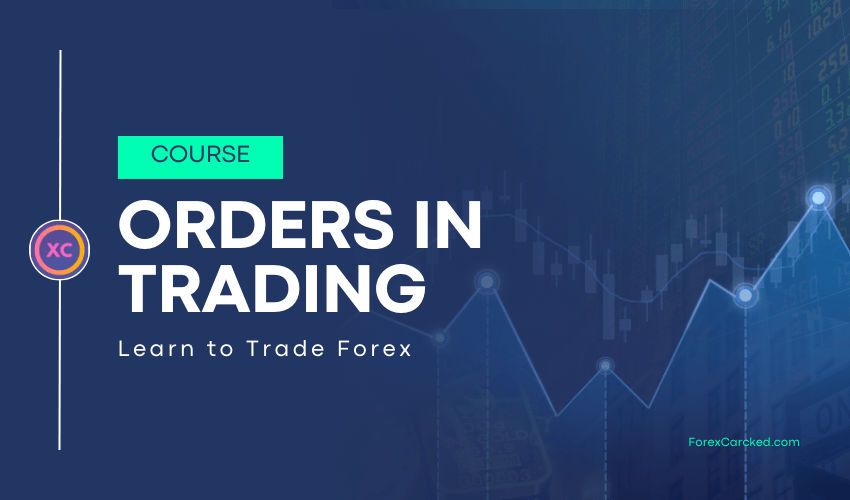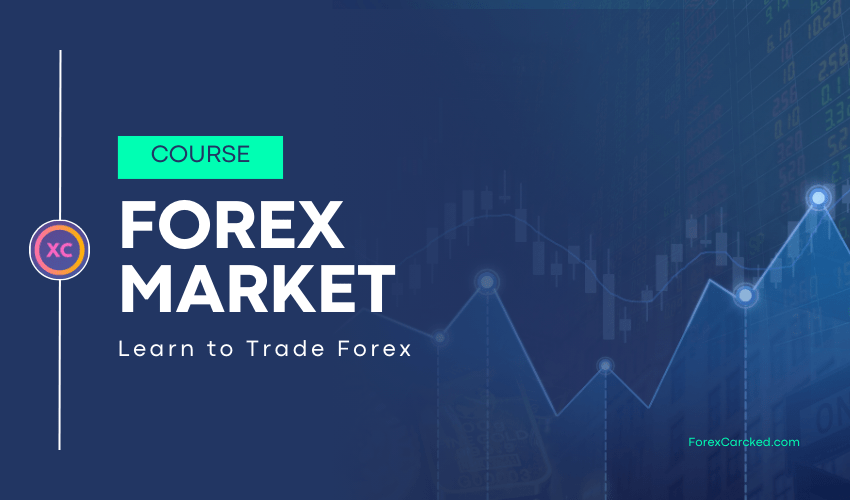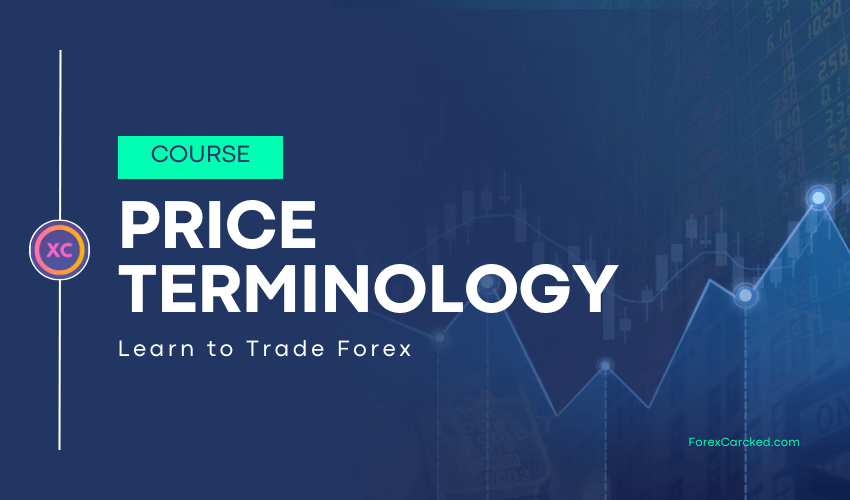Before we delve into order types in trading, let’s first understand what an order is.
If you want to trade forex, you need to send an order to your broker to execute trades on your behalf.
What is an Order?
So what exactly is an order? An order is basically you giving instructions to your broker on what to buy or sell, at what price, and in what quantity.
Now, let’s discuss what exactly we include in our order. First things first, you want to inform your broker about which currency pair you want to trade. Then, you want to specify whether you want to buy or sell the pair. Next, you need to tell your broker the quantity you want to buy or sell. Lastly, you should include the type of order. This is what we’ll delve into in this article: order types in trading.
- CURRENCY PAIR
- DIRECTION OF THE ORDER (BUY OR SELL)
- QUANTITY OF THE ORDER
- TYPE OF ORDER
Order Types in Trading
There’s a wide variety of orders to choose from, but all you really need to know are two basic ones: market order and limit order. Don’t worry, though, we’ll also cover other types of orders.
Market Orders
Market orders are the simplest and most direct type of order. When traders place a market order, they instruct their broker to execute the trade immediately at the current market price. This ensures swift execution but provides no guarantee regarding the exact execution price, leaving traders susceptible to slippage – the difference between the expected price and the actual execution price.
Limit Orders
Contrary to market orders, limit orders empower traders to specify the maximum (for sell orders) or minimum (for buy orders) price at which they are willing to transact. A buy limit order is executed at or below the specified limit price, while a sell limit order is executed at or above the limit price. Limit orders offer control over execution price but may not execute if the market fails to reach the specified price level.
So, the difference between a market order and a limit order is this: a market order tells your broker you want to buy or sell a pair right away, no matter the price—you just want to get into that position.
A limit order, on the other hand, tells your broker you want to buy or sell at a specific price or better—you don’t want a worse price than what you’re willing to pay.
When do you choose one over the other? It’s simple: when time matters more than price, you go for a market order. If you really need that position immediately and don’t care about the price, use a market order.
But if price matters more and you’re okay with waiting for it to reach your desired level, go for a limit order. For instance, if you want to buy EURUSD at 1.06500 but it’s trading at 1.06550, you won’t get it; you’ll only buy it at 1.06500 or lower.
The downside of a limit order is if the price never reaches your level, you’ll miss out on the opportunity and the move. With a market order, though, you might get the position right away but at a bad price. You could have entered at a better price if you’d been more patient.
So, you’ll always know when to use each order, and we’ll learn more about that in future articles. These are the most basic order types, and all other types are based on these two.
Now, when you give a market order, you don’t have to tell your broker a price. But if you use a limit order, you’ll have to specify a price for your order.
As I mentioned earlier, besides these, you also need to specify the quantity for the order, which in forex is known as lots. We’ll delve into that in the next article.
Now, let’s take a look at the other types of orders available.
Stop Orders
Stop orders, also known as stop-loss or stop-entry orders, are designed to limit potential losses or enter a trade once the market reaches a predefined price level.
A sell-stop order is placed below the current market price and triggers a sell order when the market falls to or below the specified price level. Conversely, a buy-stop order is placed above the current market price and triggers a buy order when the market rises to or above the specified price level. Stop orders are vital for risk management, enabling traders to protect profits and mitigate losses in volatile markets.
Stop-Limit Orders
Combining features of stop and limit orders, stop-limit orders offer enhanced control over trade execution.
Traders specify both a stop price and a limit price. Once the stop price is triggered, the order becomes a limit order, executing at the specified limit price or better. Stop-limit orders mitigate slippage risk associated with traditional stop orders while allowing traders to define a price range for trade execution.
Trailing Stop Orders
Trailing stop orders are dynamic orders that automatically adjust the stop price as the market price moves in the trader’s favor.
Traders specify a trailing amount or percentage, which dictates the distance between the current market price and the stop price. As the market price rises (for long positions) or falls (for short positions), the stop price adjusts accordingly. Trailing stop orders allows traders to lock in profits while giving trades room to grow, capturing potential upside while limiting downside risk.
Conclusion
Now, in trading, there are additional types of orders such as Immediate or Cancel (IOC) Orders, Fill or Kill (FOK) Orders, and Good ‘Til Canceled (GTC) Orders. However, these orders aren’t relevant to forex trading; they’re mainly used in stocks and crypto. So, I’ve kept it simple with the important orders we discussed. This is just for your knowledge.
Now that you’re aware of the types of orders available for trading forex, we’ll discuss concepts like the forex order book and prices in the next article.
See you there!




